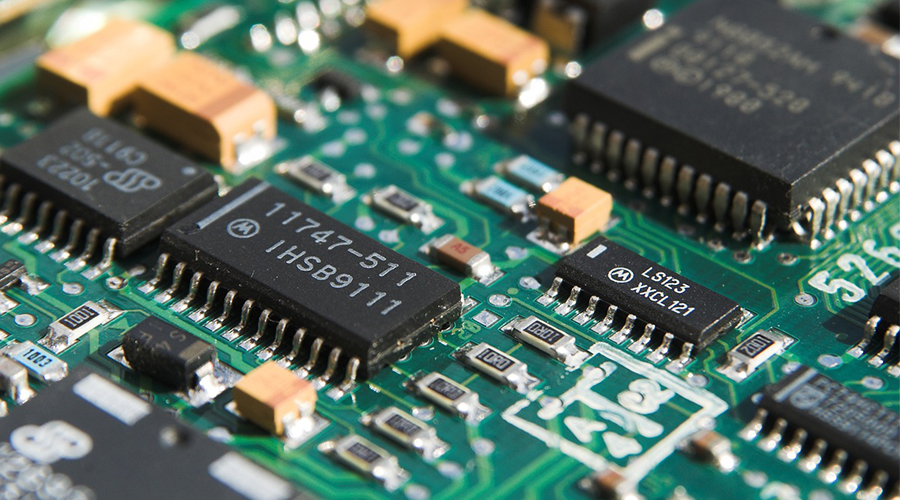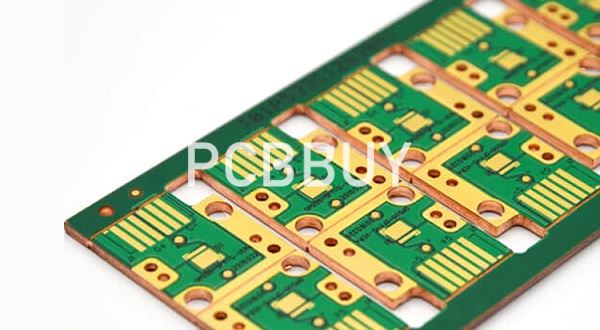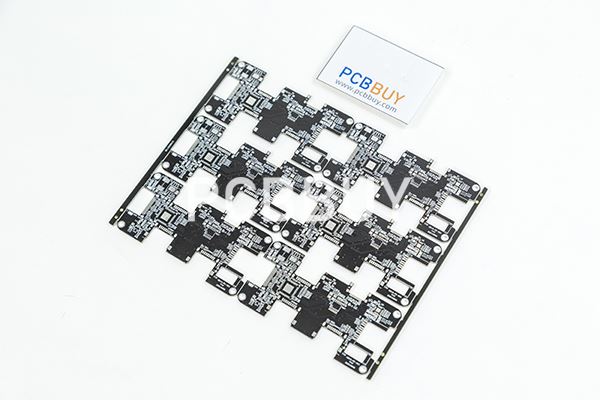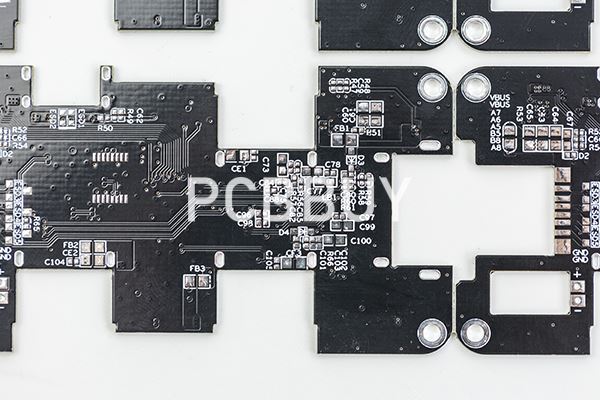Solid Freeform Fabrication?
By:PCBBUY 08/24/2021 09:38

Engineers have a knack for creating new terminology, which is often used to differentiate between some materials or process enhancement that advances a product or technology beyond its previous state. And, as solid freeform fabrication is sometimes confused with other terms, it is probably best to describe it in context with other terms that may have similar definitions.
In this passage, we will provide the knowledge of solid freeform fabrication. Please check and read the content we prepare to learn more information.

What is the PCBA development of solid freeform fabrication?
There are several different methods or techniques of SFF. Each of these has the advantage of providing a means to improve the speed of development for your circuit board as design, build, and testing can be performed at the same location. To gain a full appreciation of the impact of SFF on PCBA development, the important attributes of SFF and contemporary PCB fabrication are compared.
SFF compares favorably to contemporary fabrication in the key areas of turnaround time, cost, and waste. Additionally, SFF has progressed to a level where the manufacturing quality and reliability of the boards is more than sufficient for PCB prototyping.
There is continual research into multiple-material SFF to improve board complexity, capability, and to optimize discrete component fabrication. Currently, the layout and routing for SFF built boards can be comparable to PCBs quote built in fab houses, provided the design model is sufficiently detailed and accurate. Let’s see how to ensure the design model is best prepared for manufacturing using an SFF technique.
Designing PCB for SFF Integration
Although the objective of contemporary PCB fabrication and SFF manufacturing is the same—a constructed circuit board ready for assembly—the manufacturing processes are quite different. Most boards are built in a fab house by an automated process where multiple boards are made on fixed-size panels. This process consists of many well-defined and organized steps. SFF, on the other hand, is a single-stage, continuous process of adding layers until the board is realized. Just as the processes are different, so are the design files that provide the required information and data for PCB manufacture.

What are the advantages of PCB solid freeform fabrication?
The advantages of solid freeform fabrication become especially apparent when working with lightweight, thin, high-density interconnect PCB designs. Rather than utilizing conventional rigid PCBs, flex PCBs, or rigid-flex PCBs, solid freeform fabrication can embed prefabricated components, actuators, sensors, or assemblies into a shape that wraps around the contours of a product. As a result, design teams can closely align electronic-mechanical aspects of a product with the consumer or industrial vision for the shape or style of the product.
The ability to fabricate complex shapes can also address the need for creating lighter products that require less power. Design teams can build intricate product designs with intakes and exhausts that allow the recirculation of heat.
Because solid freeform fabrication accommodates different types of polymers, plastics, ceramics, and metals, design teams can rapidly prototype devices that include materials that conduct electricity, efficiently dissipate heat, operate at constant high temperatures, or protect against interference. Additionally, design teams can use those processes to match electrical, shape, and size requirements with strength and weight requirements—all while meeting rigorous quality standards.
Just as additive manufacturing (AM) promises to change automotive design, it may also introduce radical change within the design of electronic products. Different types of AM have already altered product design through the ability to shape plastics, resins, metals, ceramic powders, polymers, plastic, and thermoplastics.

Processes such as Vat photopolymerization, Powder Bed Fusion, Jetting, and Directed Energy Deposition are just a few of the technologies allowing designers to rapidly create prototypes and implement small production runs.
Another AM process called solid freeform fabrication may offer even more opportunities to PCB design teams. For openers, solid freeform fabrication softens the differences between electronic and mechanical design. Since modern EDA applications are able to output files in 3-D, design teams can accurately match the dimensions and form factor of a circuit board with an enclosure, and recognize design constraints before moving to production.
Design teams can also use the EDA software to select the layout and components that fit within the physical dimensions of the board and enclosure. As a result, teams identify factors relevant to an analysis, create models, identify possible problem areas, and establish metrics as they address thermal issues or electromagnetic interference before the product leaves the design phase.
Industry Category











